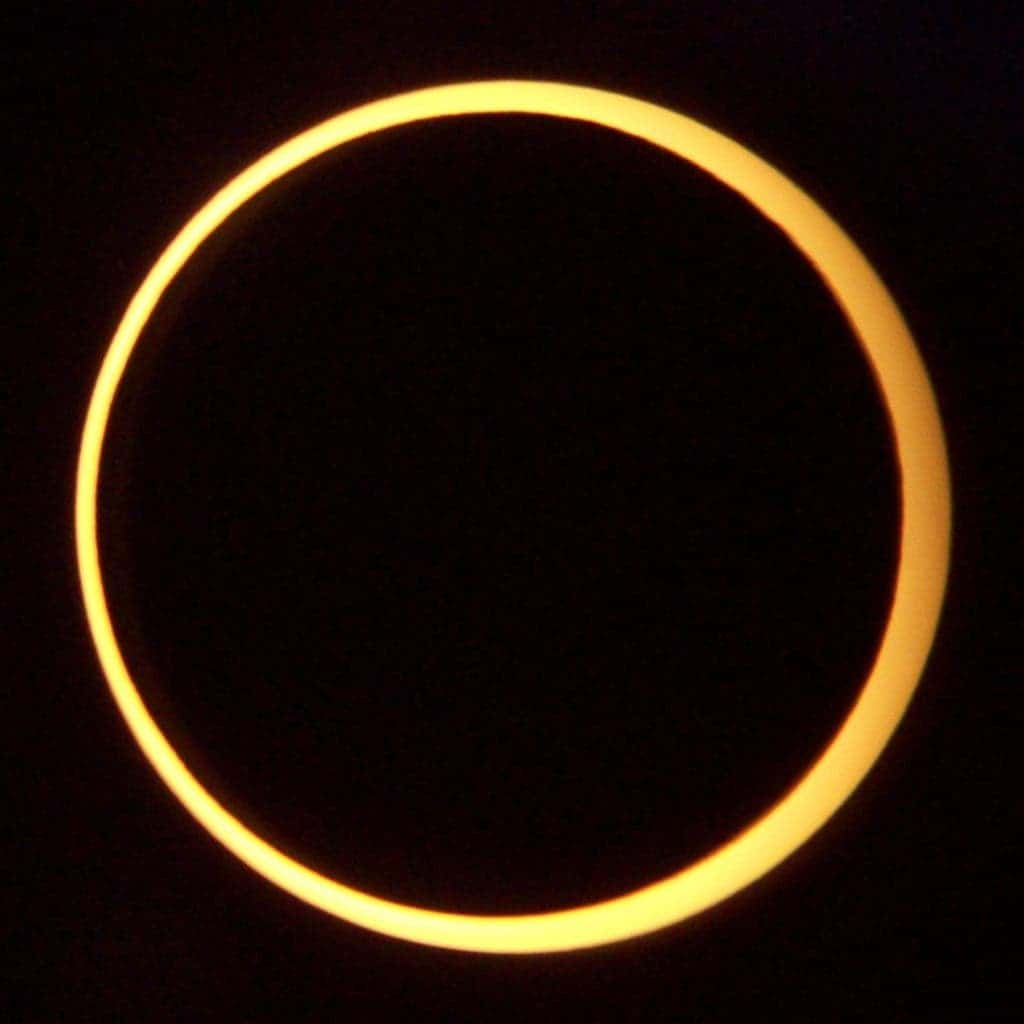The oldest recorded solar eclipse probably happened on 30 October 1207 BC. The event is mentioned in the Bible and scholars say the eclipse can serve as a chronological anchor, which helps to more accurately describe ancient timelines.

In the Old Testament after Joshua, there is a fragment in which Moses’ assistant, after leading the people of Israel into Canaan, said:
“Sun, stand still at Gibeon, and Moon, in the Valley of Aijalon. And the Sun stood still, and the Moon stopped, until the nation took vengeance on their enemies.”
For centuries, scholars have been puzzled by the meaning of the text and how to best interpret it. Moden translations, like those that follow the King James translation (1611), typically interpret the text to mean that the sun and moon had literally stopped moving.
Professor Sir Colin Humphreys from the University of Cambridge’s Department of Materials Science & Metallurgy, and colleagues revisited the ancient Hebrew text and now propose an alternate interpretation.
What the Cambridge researchers are suggesting is that the Hebrew words actually refer to an eclipse. In other words, the sun and the moon didn’t literally stop their motion — they just stopped doing what they normally do: shining.
“This interpretation is supported by the fact that the Hebrew word translated ‘stand still’ has the same root as a Babylonian word used in ancient astronomical texts to describe eclipses,” Humphreys said in a press release.
According to the Merneptah Stele, an ancient text which appeared during the reign of Pharaoh Merneptah, son of famed Ramesses the Great, the Israelites arrived in Canaan sometime between 1500 BC and 1050 BC. The text is etched on a large granite block, today housed at Cairo’s Egyptian Museum, and mentions how the people of Israel were defeated during Merneptah’s first campaign in Canaan.
Humphreys and colleagues are not the first scholars who proposed an eclipse interpretation. However, they’re the first who found a plausible timeline that reconciles the two texts, Biblical and ancient Egyptian.
Previous attempts were not successful because of the complex astronomical calculations involved. One problem, the researchers say, is that people were looking for total solar eclipses when they should have been looking for annular eclipses. A total eclipse occurs when the disc of the sun is completely covered by the moon as the satellite passes right between earth and the sun. Annular eclipses occur when the moon passes directly in front of the sun but is too far away to cover the disc completely so you get a ‘ring of fire’ view from Earth’s vantage point. In ancient times, people used the same word for both types of eclipses.
Using a new algorithm that calculates when eclipses have occurred in Earth’s recent history, the researchers found that the only annular eclipse visible from Canaan between 1500 and 1050 BC took place on 30 October 1207 BC, in the afternoon.
Not only would this make it the oldest recorded eclipse to date, the event would also enable scientists to date the reigns of Ramesses the Great and his son Merneptah to within a year. By the new calculations, Merneptah ascended to the throne in 1210 or 1209 BC, which means Ramesses the Great ruled from 1276-1210 BC.
“Solar eclipses are often used as a fixed point to date events in the ancient world,” said Humphreys.
Scientific reference: Colin Humphreys and Graeme Waddington. ‘Solar eclipse of 1207 BC helps to date pharaohs.’ Astronomy & Geophysics (2017). DOI: 10.1093/astrogeo/atx178.



